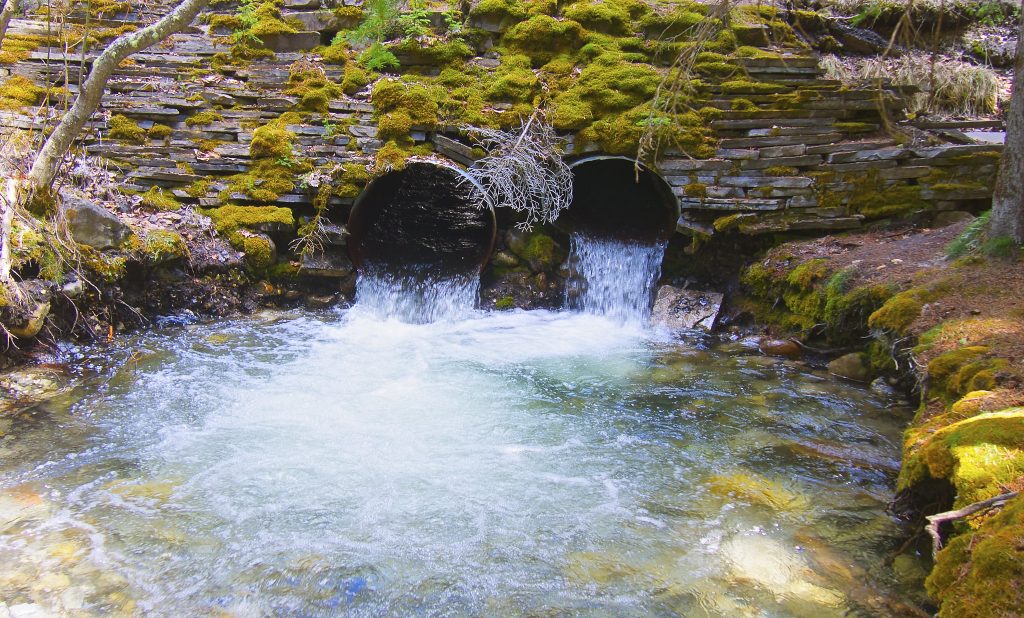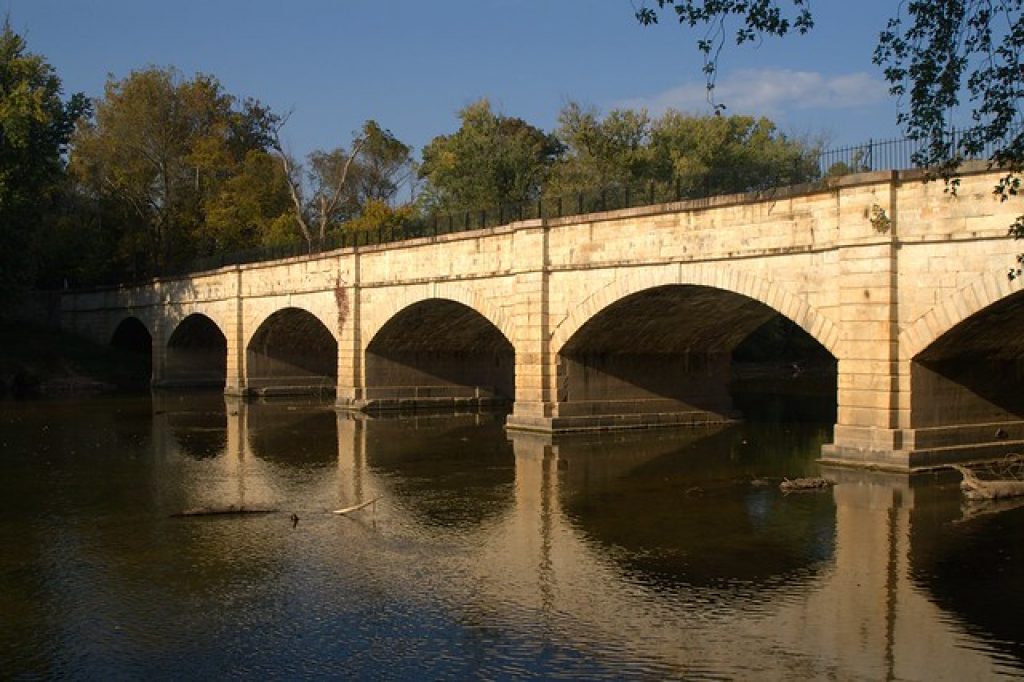Culvert is a channel that brings a stream under a bridge or railway. A culvert will serve as a pedestrian bridge to move through it. It is typically found in a natural water movement that serves the purpose of a bridge or current flow device.
Culverts are available in many shapes such as round, elliptical, flat, pear-shaped, and box-like structures. Culverts are capable of loading and water flow, lifespan and bedding and backfill installation. The sort is based on a number of variables including tidal, upstream, highway and other circumstances.
Table of Contents
Following are the Different Types of Culvert:
- Box culvert (single or multiple)
- Arch culvert
- Pipe culvert (single or multiple)
- Bridge culvert
- Pipe-Arch culvert (single or multiple)
- Metal box culvert
Pipe Culvert

Because of the competitive price and simple construction, pipe culverts are the most common types of culverts. These are found in various types such as the round, elliptical and arch of the shaft. Our forms are usually based on circumstances and restrictions on the ground. Small-scale pipe corners represent normal pipes such as concrete pipes.
Advantages of Pipe Culvert
It can be designed by proper mixing method, size, and reinforcing of any required intensity.
They are inexpensive.
These pipes can withhold any tension of tensile and compressive stress.
River passage is under the foundation.
Disadvantages of Pipe Culvert
The main drawback of the pipe culvert is that it can be quickly corroded at the crown owing to the organic matter of the bacteria and the leakage of poisonous air, known as Crown corrosion.
Pipe-Arch Culvert (Single or Multiple)
Arch culverts are ideal for a large opening in rivers where a greater hydraulic benefit can be given to fish. They also provide low security, and they are definitely a lot of fun. At sites where the headroom is small, pipe arches are particularly useful and also have a hydraulic benefit at low flows.
Advantages of Pipe-Arch
- Hydraulic capacity improvement at low flow
- Limited headroom condition
- Lightweight
- Easy to install
- Aesthetic look and form
Box Culvert

Box culverts are made of concrete and RCC (Reinforced Concrete) in particular. The most challenging part of a box culvert is that it needs a dry surface to be mounted. However, due to the nature of the concrete floor, when a significant volume of water is expected, the course of water may be changed. This function renders box culverts, one of the culvert’s most frequently seen types.
Advantages of Box Culvert
Box Culvert is cost-effective for the following reasons:
- The box culvert is a solid construction of the frame and is very simple to build. It is ideal for non-perennial streams where there is no substantial depth of brush but poor soil.
- The box culvert’s bottom slab decreases friction on the base.
- Because of their rigidity and monolithic operation, box culverts are economical and separate foundations are not required.
- It is used in particular cases, despite low foundations.
Arch Culvert

Steel, stone masonry, concrete, RCC, etc. make up an arch culvert. Installation does not take much time because, unlike box culvert, there is no need for water drainage because it can be built without disrupting the water present. It can, therefore, be named a Low Profile Culvert. A form of culvert protects the wash bed’s natural quality.
Advantages of Arch Culvert
The advantages of using arch nozzles over traditional box nozzles and pipe nozzles are:
- Greater hydraulic efficiency
- Design-build advantage
- Pleasing aesthetics
- Cost savings
- Accelerated construction schedule
Bridge Culvert

Culvers from the bridge serves a dual purpose. It acts as a bridge as well as a bridge. Bridge culverts are usually rectangular in form and are installed on rivers and canals. Under the ground level is laid a foundation and the concrete surface is laid on top of the culvert sequence. Generally speaking, we may term it a multifunctional culvert.
Advantages of Bridge Culvert
The main features of Bridge Culvert are as follows:
- Allows traffic to pass on it
- Highly strong foundation
- Most expensive river crossings
- Extension of the network by acting as a repeater
- Very strong
Metal Box Culvert
The bridge’s economic alternative is the metal box culvert. These bridges are made from a standard structural plate or structural plate with deep corrugation. These are the perfect replacement for the bridge, retaining the same amount of road height.
Advantages of Metal Box Culvert
- Shorter construction period and easy installation
- Long service life
- Deformation ability
- Durability
